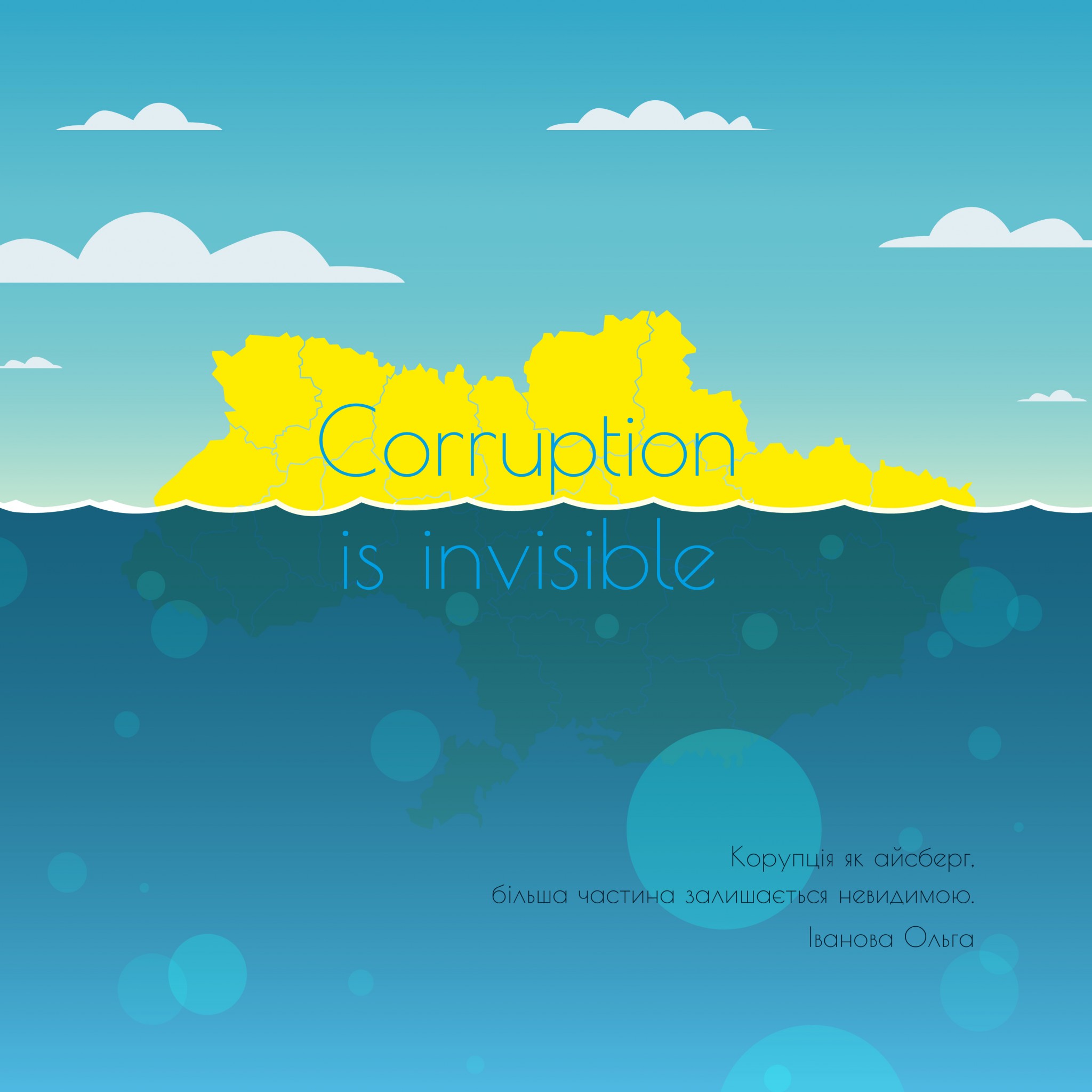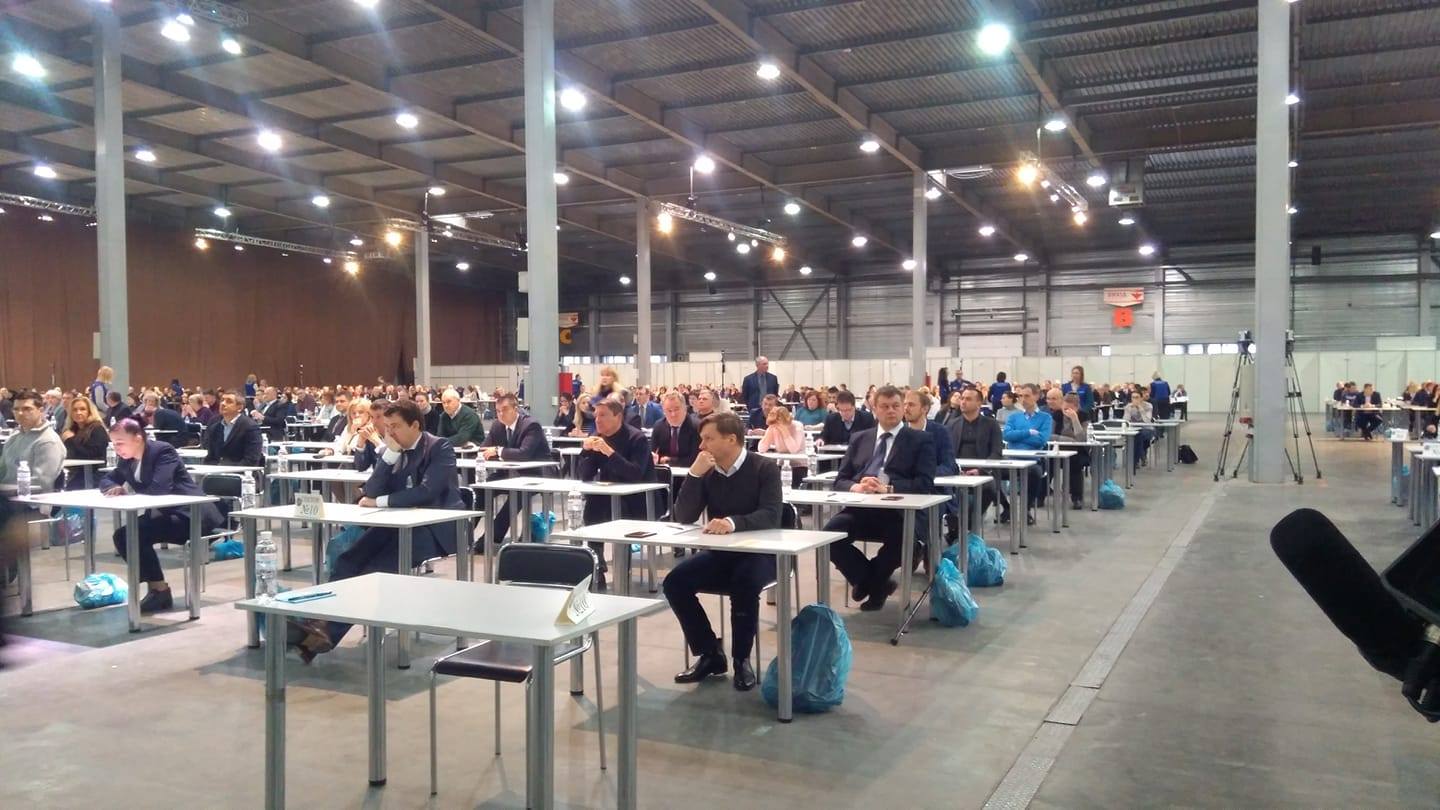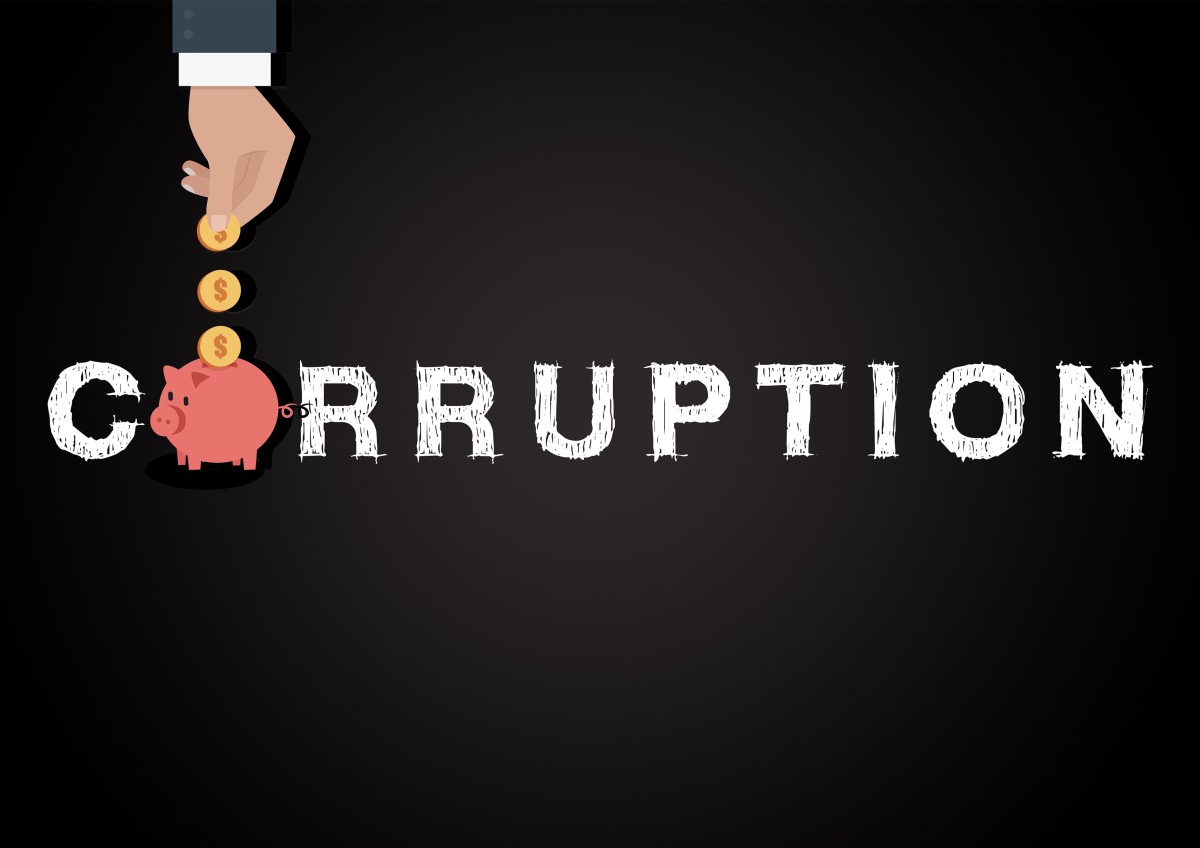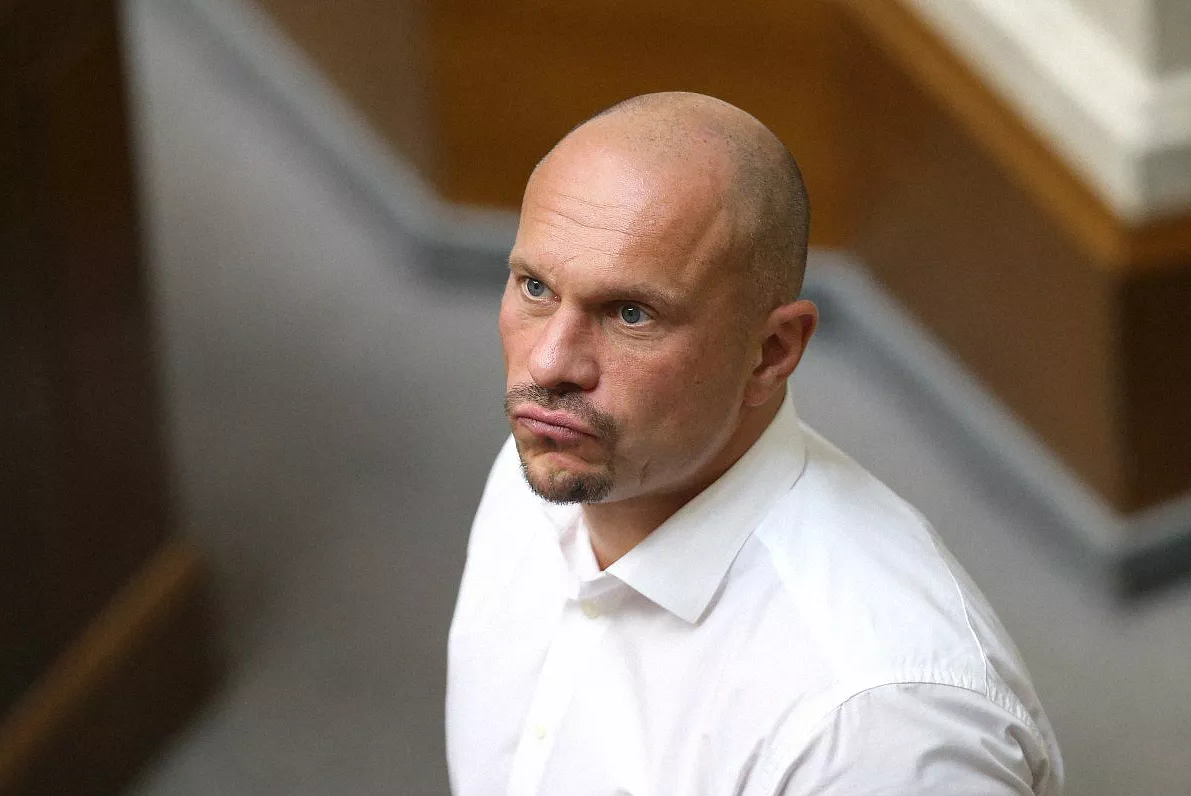Since the Revolution of Dignity in 2013-14, Ukraine has made unprecedented steps in the fight against corruption. However, most discussions on corruption have tended to concentrate on the negative. News on the lack of progress in combating corruption appear when good intentions and ideas come up against implementation and opposition from the old oligarchic elites. Nevertheless, it is fair to say that there has indeed been progress. Euromaidan Press analyzed the Chatham House report Are Ukraine’s Anti-corruption Reforms Working? to determine what Ukraine’s strong and weak areas are in the war against corruption.
John Lough and Vladimir Dubrovskiy, the authors of the report, state that countries suffering from corruption can achieve significant improvements when there is a consensus among the elites to change the rules of the game. However, referring to European history, the author estimates that the evolution of the elites to the point where they see benefits from developing institutions takes about 50 years, assuming a degree of linear progress. However, according to the author Ukraine’s path to change has not necessarily been linear.
It is hard to find an example of an area where the anti-corruption fight has been successfully completed, as the process is ongoing, which renders our division into wins and losses rather symbolic. The “wins” is included so as to draw attention to the progress which is otherwise often neglected in the media, while nonetheless emphasizing that each area of success still has problems.
The ups

Gas reform. The Chatham House report identifies the gas market reforms that took place in 2015-2016 as being the most significant achievements in the battle against corruption thus far. While the reforms have not yet been completed and still face huge opposition, the steps which thus far been taken are deemed a success. The gas business was the main feeder for the elites, with the result that the state was losing tens of billions of dollars. The policies in this area were also regarded as a threat to national security.
According to the report, the International Monetary Fund (IMF) requirements have had a positive influence on the gas sector. This, in particular, includes equalizing gas household and commercial tariffs and improving transparency at Naftogaz, the leading company in the Ukrainian energy sector. Despite “market prices” not having been introduced in full, its increasing has removed the previous arbitrage margins and eliminated the need for subsidies for Naftogaz. It helped the company to return to profit in 2016 and become a significant contributor to the state budget. Another radical step helped to remove large-scale corruption in the sector and increase its transparency – starting from 2016, direct gas purchases from Russia have ceased.
- probable government interference in attempts at modernization (it was named as a reason for resignation of the independent directors of the Naftogaz supervisory board in 2017);
- unsustainability of the equalized prices for commercial and household users introduced in 2016 due to increasing global energy prices;
- and operation of regional gas supply companies (oblgazes) that are de-facto monopolies and major corruption risks.
The electricity market is also heavily monopolized, with oil and gas production areas also being at higher risk of corruption.
Procurement. The introduction of the electronic procurement platform ProZorro was a real breakthrough in the area. It helped to almost eliminate the most outrageous and obvious corruption related to public procurement and made other corruption schemes more difficult to operate.
The authors of the report are confident that the success of the reform became possible due to the flight of ex-president Viktor Yanukovych’s close circles which had monopolised government procurement.
Another aspect of the success is related to new people who managed the sector after the revolution – the ministers of economy and trade, Pavlo Sheremeta and Aivaras Abromavičius. The report praises Sheremeta for hiring advocates of e-procurement from civil society and for giving them the necessary means for the fast-track development and implementation of the ProZorro system. After some time, corrupt officials learned how to circumvent the system: however activists and investigative journalists have also become more attentive and learned how to react.

Investigations into major corruption. The National Anti-Corruption Bureau (NABU) and the Specialized Anti-Corruption Prosecutor’s Office (SAPO) are two new investigative institutions created from scratch to fight major corruption. The report identifies them as unprecedented as both were created due to the efforts of civil society backed by Ukraine’s Western partners. While the reputation of NABU still remains more or less clean, questions regarding the effectiveness of SAPO’s work are being increasingly aired. The catalyst for them was the NABU investigation which revealed SAPO Prosecutor Nazar KholodnitskyI violated professional ethics and interfered in cases. Nevertheless, the joint work of the two is still considered a success. There is only one significant reservation – the cases they investigated have become bogged down in courts.
Read more: Overloaded Ukrainian courts obstructing justice in top corruption cases
Again, civil society suggested an answer to this: completing the chain of institutions fighting top-corruption by the High Anti-Corruption Court (HACC). The fight for its independence is ongoing. It is expected that the process of selecting its judges will be completed in winter-spring 2019.
Read also: 5 months after legal start of Anti-Corruption Court, how close is Ukraine to prosecuting its top-corrupts?
Public administration reform. The reform of Public Administration was among the first post-revolution success stories. The authors of the report describe that problems in Public Administration are rooted in Soviet times. After the Soviet Union’s collapse, officials received wide powers of discretion to apply impracticable rules and regulations, and with the lack of control gained further opportunities to get involved in corruption.
Efforts to eliminate corruption in the sector were focused on building a professional, politically neutral civil service. For this purpose the Law on Civil Service was passed in 2016. It foresees a three-year plan supported by Ukraine’s Western partners.
Among the measures in terms of the reform was the open recruitment of state secretaries which took place in 2017 in 10 out of 18 ministries, as well as a slow raise in the low basic salaries for civil servants. Due to a large extent to the decentralization reform, citizens may now gain access to administrative services more easily.
Read also: Ukraine’s revolutionary civil service law: what you need to know
Deregulation. Ukraine has managed to get off the ground in de-regulation. The report points out the potential of deregulation for reducing corruption risks as it limits the need for contact between officials and business. Despite the unfavorable reputation of Ukraine’s business climate, modest improvements have been achieved. This contrasts with the Yanukovych era, when the government created an image of huge improvements which in fact did not correspond to reality.
There are several steps which Ukraine has taken in terms of deregulation since 2014. Among the most noticeable was the abolishment or revitalization of ineffective institutions with high corruption risk. The most famous example among these was the elimination of the Traffic Police.
Another noticeable step was the introduction of deregulation programs by the Ministry of Economic Development and Trade, the Ministry of Agriculture and the Ministry of Infrastructure. Due to the initiative of the last one, low-cost airlines could finally enter the market. Still, huge opposition still remains. Also, deregulation for small business remains a weak point of the reform.
Value-added tax. The report confirms progress in the area, stating that after the Revolution of Dignity the schemes established before have a lesser scale now and no longer centralized as before. In particular due to the introduction of a new system of electronic
Value-Added tax (VAT) administration put an end to some fraudulent schemes dating back to the Yanukovych era. However, fraud has not been totally eliminated. The introduction of an automatic system for VAT refunds in 2017 has been a major improvement and is successfully tackling evasion and fraud. The report says that the new system has enabled the country to clear arrears of UAH 15 bn (about $700 mn) within a year. Among the drawbacks of the electronic VAT administration is that it imposed an additional burden on businesses. In general, despite the closure of some tax fraud schemes used by officials, there are a number of other sources of corruption in the tax system which remain unaddressed.
The downs
Monopolization. The authors of the report name monopolization as one of the economic evils and the major source of corruption. With rare exceptions, significant demonopolization has not happened. The oligarchs are still running the show and maintaining their hold on the market.
Privatization and reform of state-owned enterprises (SOEs). Describing the situation in this area, the authors quote Prime Minister Volodymyr Hroysman:
“The largest sector of corruption today is SOEs, which have been used for decades to create corrupt schemes.”
The authors also name the main problem with the privatization agenda – cash flows from many profitable SOEs have already been embezzled by their managers. These de-facto owners remain in the shadows. In case of privatization they will have to invest in the companies. So far they profitated because this role was performed by the state.
Again, the changing force in the field is the IMF requiring to make it more transparent. The government in its turn is in a shaky position. On the one hand it needs the IMF financing, while on the other hand this might not only deprive part of the elite of easy money, but lead to image loss if the process proves not to be transparent.
The parliament passed the law on privatization in January 2018. The author of the report underlined that while reform has started, results have thus far been mixed.
The tax system. As mentioned above, in general the tax system remains another major source of corruption. It is an area of interest for not only the highly corrupt tax authorities themselves, but also connected politicians, officials and businesses.
Law enforcement bloc. With the exception of the new patrol police within the National Police, the report considers the old law enforcement agencies rather as outsiders in the fight against corruption. The old systems of all the three – the National Police, Prosecutor General Office (GPU) and Security Services (SBU) – have proven resistant to reform, as demonstrated by instances where the agencies have rather been protecting corruption than combating it.
Defence budget. The report points out that the area has problems with transparency and contains serious corruption risks.
Referring to an analysis by the Independent Defence Anti-Corruption Committee (NAKO), it says that around 45% of defence procurement is currently classified and beyond parliamentary supervision. By contrast, in the US the figure is 16% (or 10% of overall defence spending). Opacity in this area creates serious corruption risks.
The National Agency for Prevention of Corruption (NAZK). Created in 2015, the agency is one of the greatests disappointments in Ukraine’s anti-corruption campaign. It should have become the key institution in implementing the country’s anti-corruption strategy. However, after about three years of work it has not delivered the expected results. Its leadership has been accused of being politically dependent and sabotaging the process of verifying asset declarations. It has not managed to check the declarations of officials using automated software, nor has it initiated investigations against any senior officials.
The judiciary. The report emphasises the connection between the judiciary and progress of reforms in general. However, so far, judicial reform in Ukraine has demonstrated mixed results. It is likely that the newly created Supreme Court is not politically independent, while the reforms in the lower courts have not brought real results.
The report also describes the situation in the banking sector which has seen an increase in concentration. Similarly, more than half of all its assets are now state-owned. It also discusses the land reform, a very sensitive topic in Ukraine which makes the politicians avoid making any changes, and comprehensive political reform, together with decentralization.
*Correction 18/12/2018: Vladimir Dubrovskiy added as a co-author of the report






